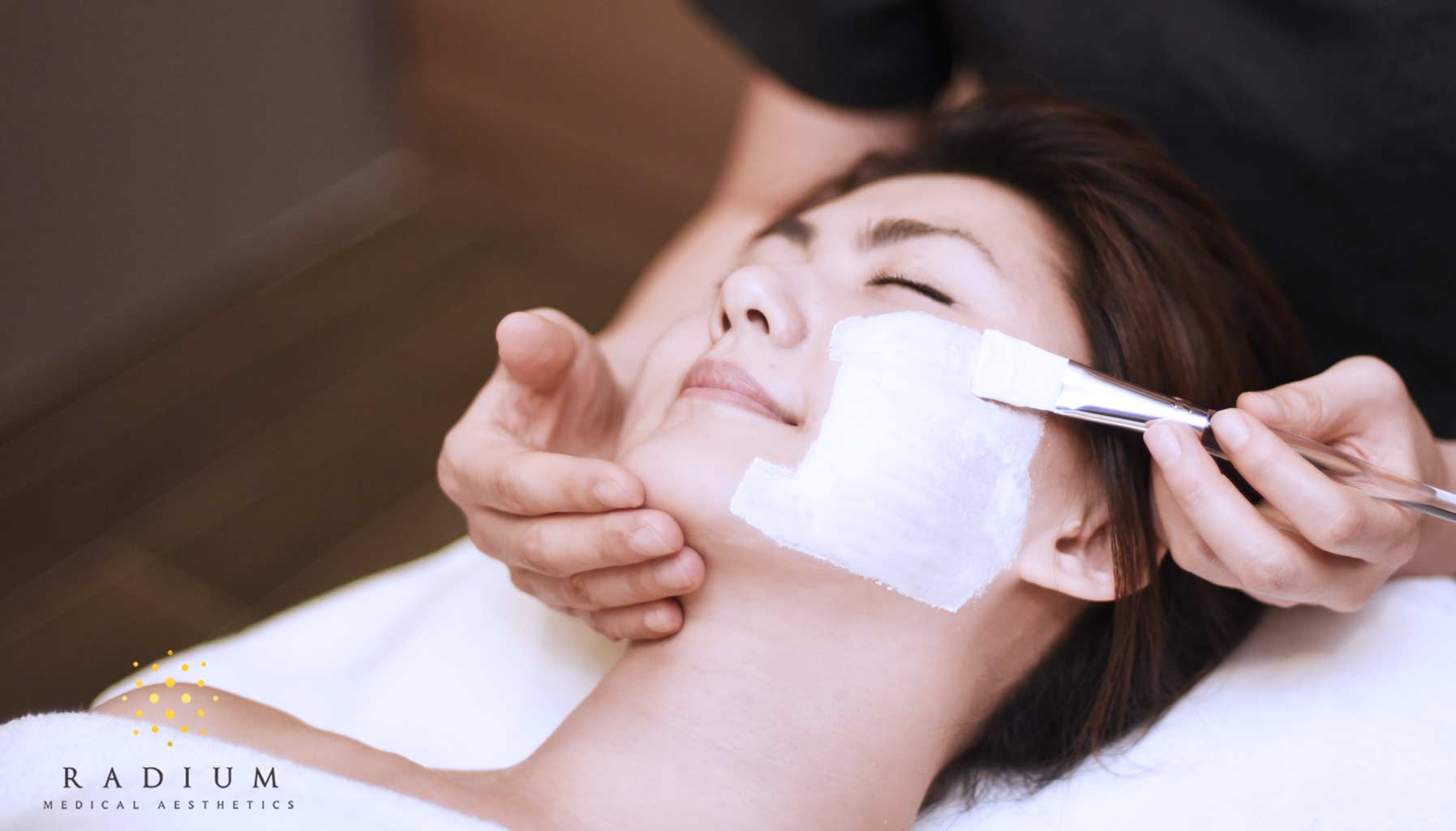Looking young is the dream of many; but with skin ageing being inevitable, the pursuit becomes a relentless journey
Fine lines, crowfeet, and wrinkles, if you don’t have them now, you’ll have them eventually. As we age, the skin’s ability to regenerate decreases and “our DNA chains get shortened, resulting in weakened skin elasticity and leading to visible signs of ageing such as wrinkles, sagging, and discolouration,” notes leading medical practitioner, Dr Kevin Chua. “At the same time, external aggressors increase free radicals and oxidative stress, while glucose causes glycation–both also playing a significant role in skin ageing.”
While skin ageing is inescapable, it has never stopped scientists, dermatologists, and beauty enthusiasts from trying to combat the conundrum. Enter wrinkle creams, cosmetic procedures, and facial massages. Beyond the regular essentials like moisturiser and sunscreen, and of course, mental wellness and diet, these targeted solutions can have a more immediate impact on the visible signs of ageing.
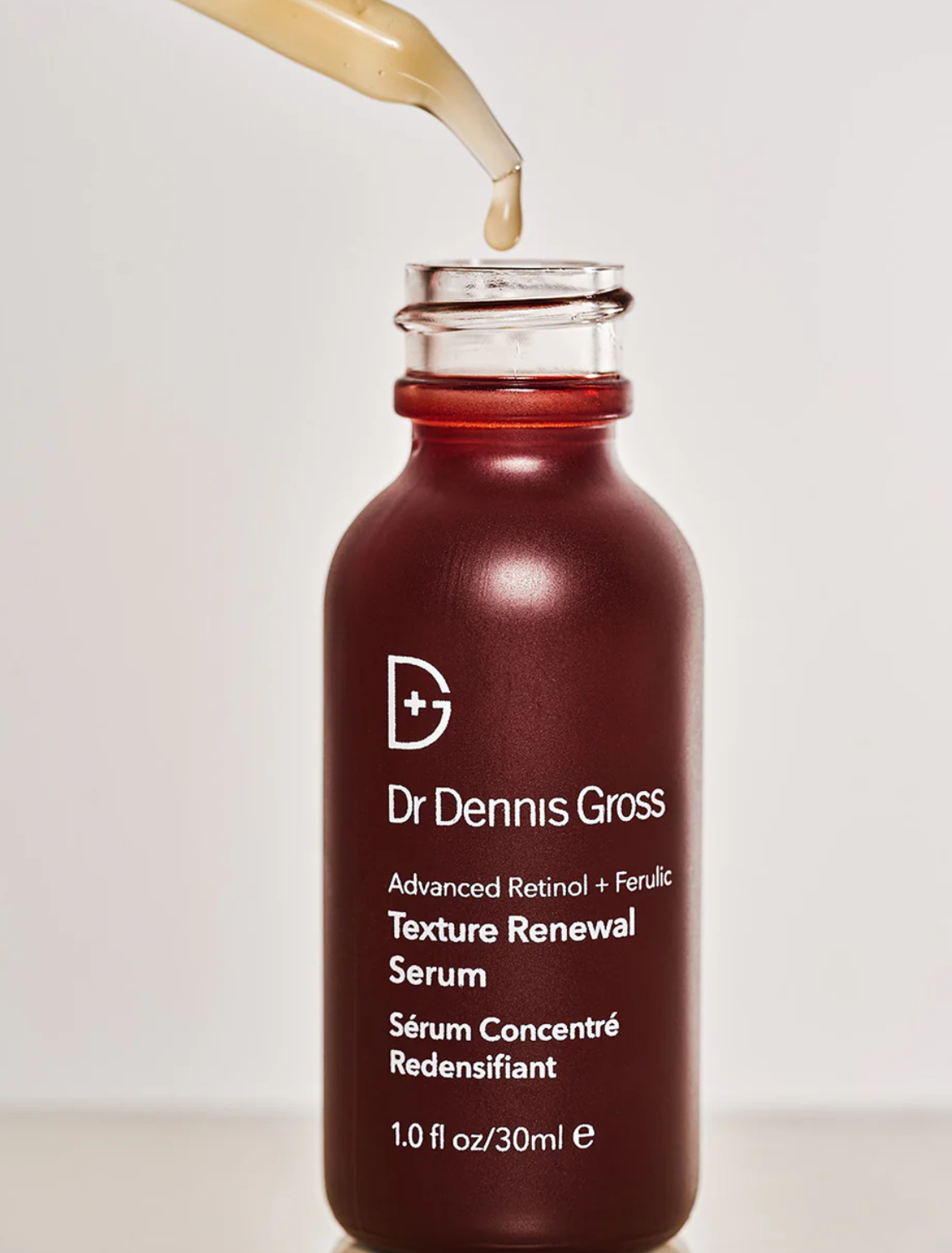
Retinoids
There are several forms of retinoids, ranging from over-the-counter (OTC) to prescription-strength options. Retinol, the most omnipresent, is also the most popular; it’s milder than prescription retinoids and converts into retinoic acid in the skin. While it takes longer to see results, it is less irritating. Tretinoin, also known as Retin-A, on the other hand, is a prescription-strength retinoid that works much faster and more effectively than OTC options. In exchange for quick, discernible results, however, it may come with dryness, irritation, and peeling, especially during initial use.

Supplements
Oxythion supplements often contain ingredients like glutathione, a powerful antioxidant that neutralises free radicals, which contribute to cellular damage and the ageing process. By reducing oxidative stress, Oxythion is thought to support skin health, improve cellular repair, and promote a youthful appearance. Chua adds, “These supplements may also boost the body’s natural detoxification processes, enhance immune function, and improve skin elasticity, offering a holistic approach to slowing down visible signs of ageing.”
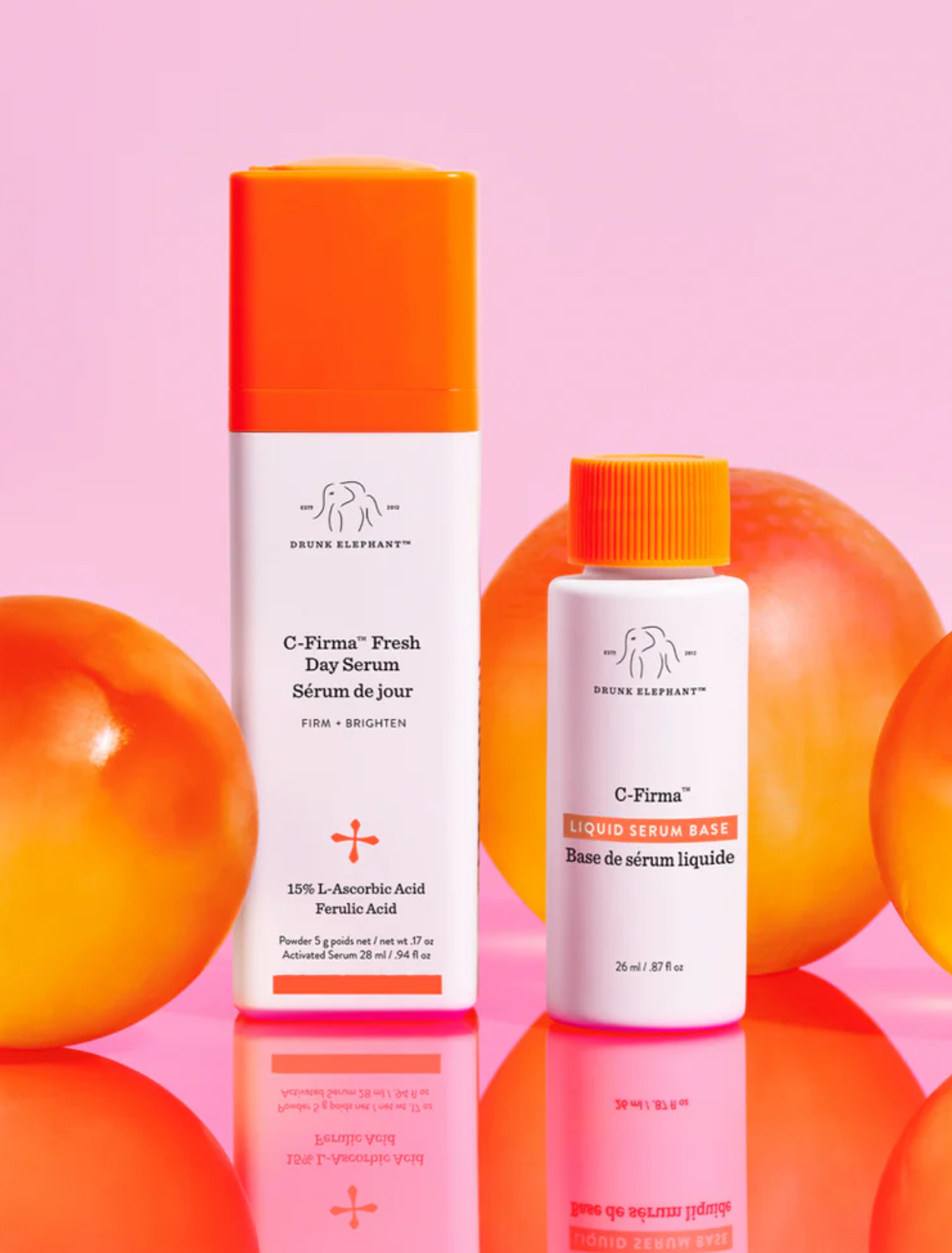
Vitamin C
Vitamin C, or ascorbic acid, is a robust antioxidant known for its ability to combat skin ageing and environmental damage. Besides neutralising free radicals, it also boosts collagen production, brightens the complexion, and fades hyperpigmentation while also enhancing UV protection when used under sunscreen. Available in various forms, with L-ascorbic acid being the most potent albeit unstable, Vitamin C can also be found in more stable derivatives like magnesium ascorbyl phosphate and sodium ascorbyl phosphate. For optimal results, it should be applied in the morning after cleansing and before moisturiser and sunscreen, ideally at concentrations of 10-20%. While generally well-tolerated, those with sensitive skin should start with lower concentrations to prevent irritation.
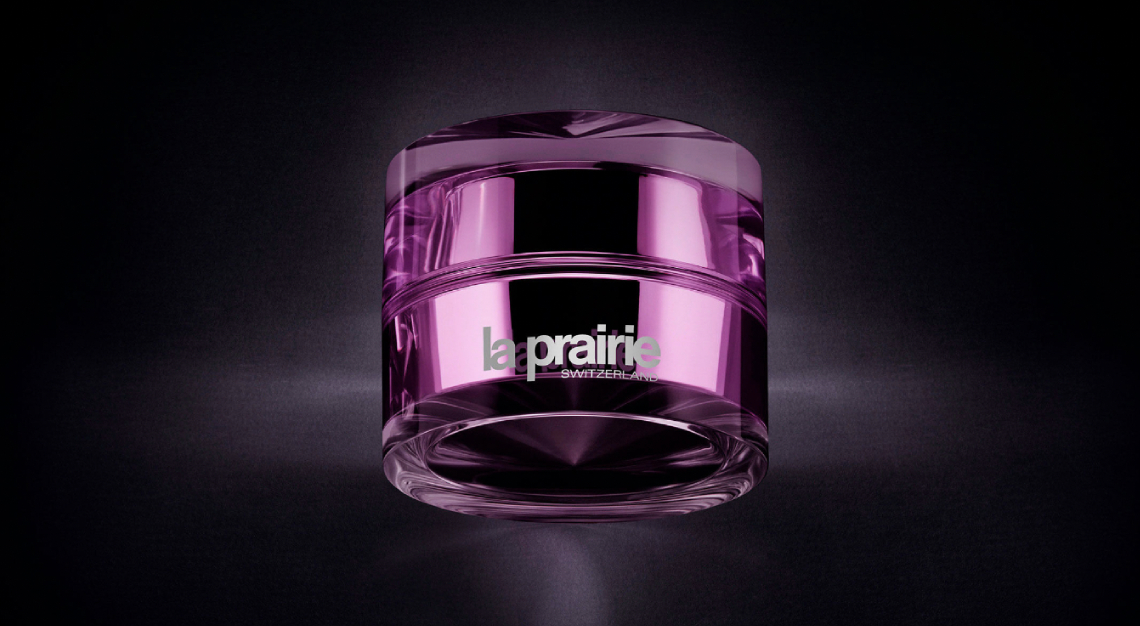
Peptides
Peptides are short chains of amino acids that play a crucial role in maintaining skin health and appearance, acting as building blocks for proteins like collagen, elastin, and keratin. In skincare, they are celebrated for their ability to penetrate the skin barrier and stimulate the production of collagen, which helps improve skin elasticity, firmness, and overall texture, thereby reducing the appearance of fine lines and wrinkles. Peptides also possess anti-inflammatory properties that can soothe irritated skin and enhance its overall resilience.
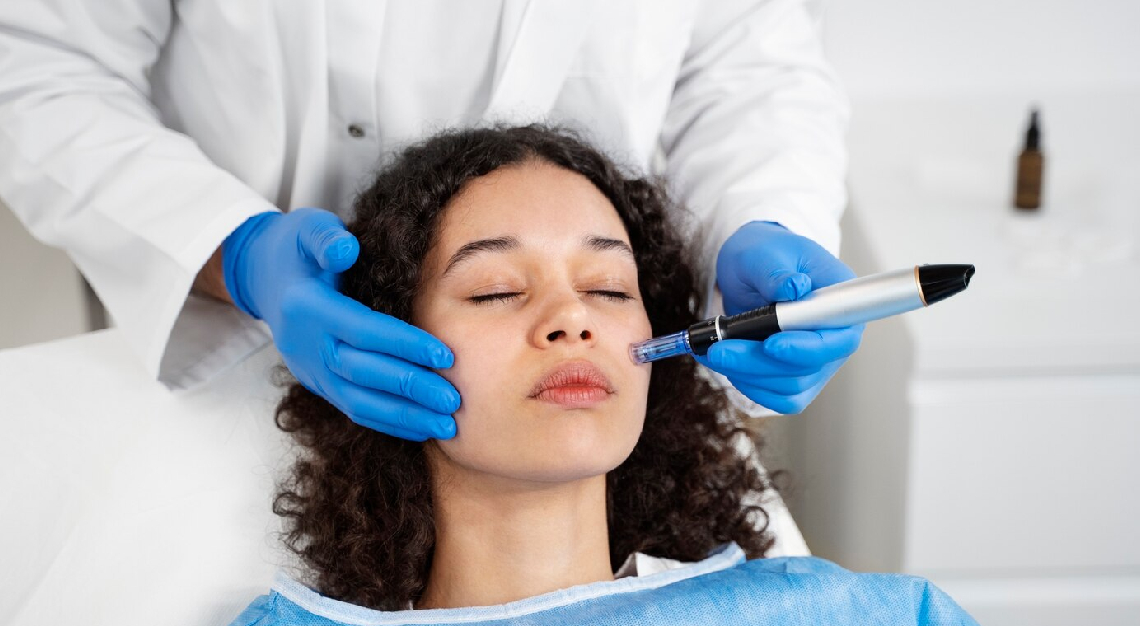
Treatments
Treatments like chemical peels, microneedling, and laser therapy are advanced skincare techniques designed to rejuvenate the skin, improve texture, and fight ageing. Chemical peels involve the application of a chemical solution to exfoliate the outer layers of the skin, promoting cell turnover and revealing smoother, more radiant skin underneath; they can vary in strength from superficial to deep, targeting issues such as fine lines, sun damage, and hyperpigmentation. Microneedling uses fine needles to create tiny micro-injuries in the skin, stimulating the body’s natural healing response and collagen production, which results in improved skin texture, reduced scarring, and enhanced absorption of topical products. Lastly, laser therapy utilises focused light energy to target specific skin concerns, such as wrinkles, sun damage, and uneven pigmentation; various types of lasers can either resurface the skin or stimulate collagen production without damaging the outer layer, leading to firmer, smoother skin over time.
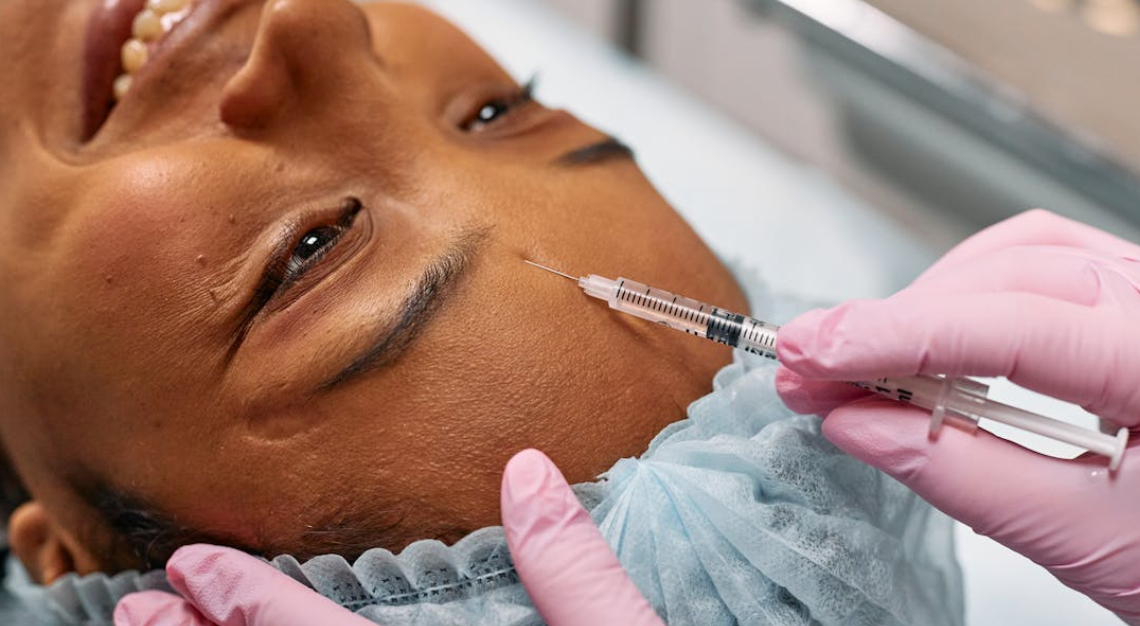
Botox
Botox is a widely recognised non-surgical cosmetic treatment that temporarily reduces the appearance of fine lines and wrinkles, primarily on the forehead, between the eyebrows (glabellar lines), and around the eyes (crow’s feet). By injecting small doses of Botox into specific facial muscles, it blocks the nerve signals that cause these muscles to contract, lending a smoother, more relaxed appearance. This treatment is particularly effective for dynamic wrinkles—those caused by repeated facial expressions—by limiting muscle movement and preventing the formation of new lines. The effects of Botox typically last three to six months, after which repeat treatments are necessary to maintain results.
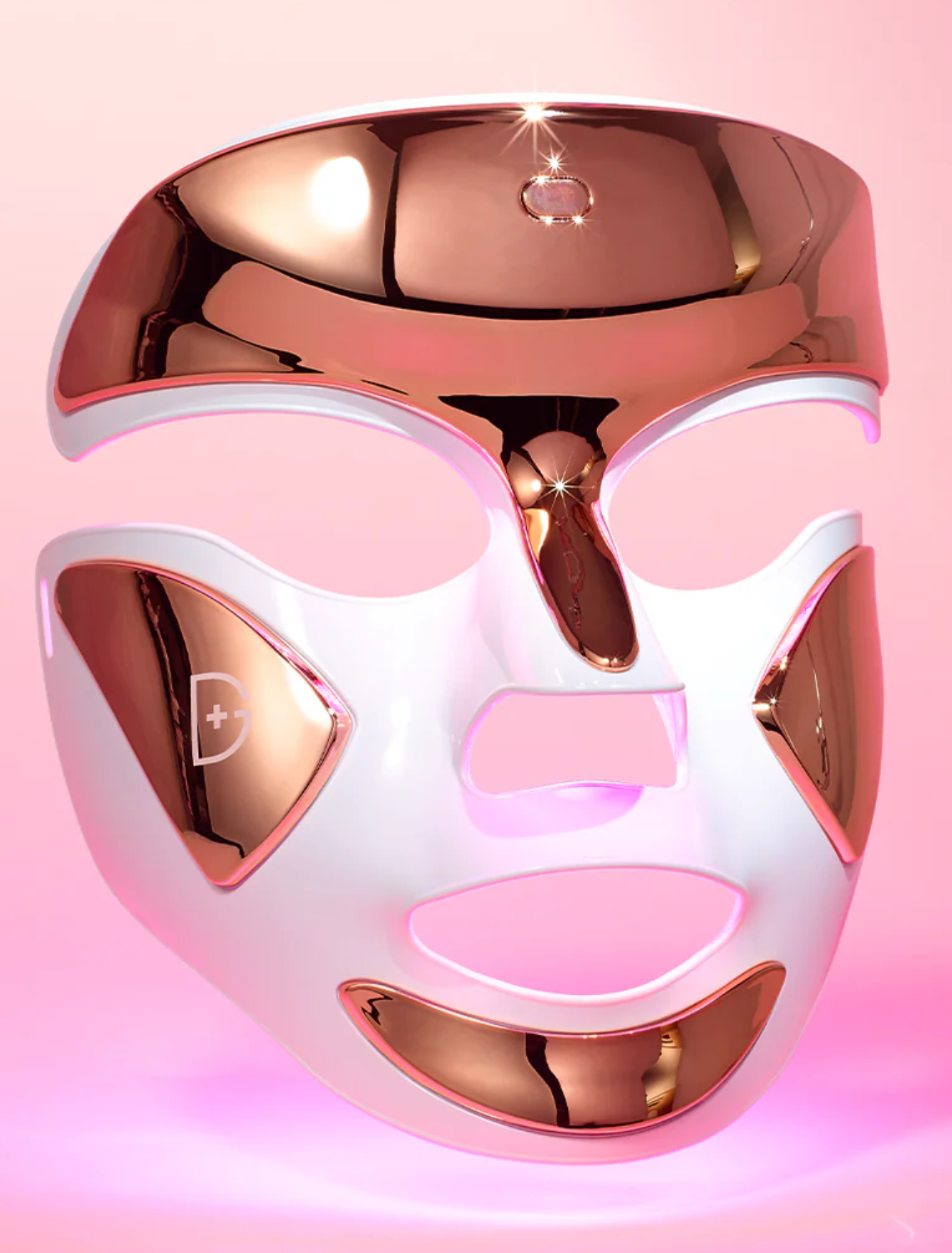
LED Light Therapy
LED Light Therapy is a non-invasive skincare treatment that utilises different wavelengths of light to address various skin concerns. It employs specific colours of light, each with unique benefits: red light stimulates collagen production, enhancing skin firmness and reducing fine lines and wrinkles, while blue light targets acne by killing acne-causing bacteria and reducing inflammation, making it effective for oily and acne-prone skin. Green light helps even out skin tone and reduce pigmentation, while yellow light is known for its soothing properties, helping to improve redness and skin sensitivity.
Regular sessions can lead to improved skin texture, reduced signs of ageing, and a healthier complexion, making it a popular choice in both professional settings and at-home devices.
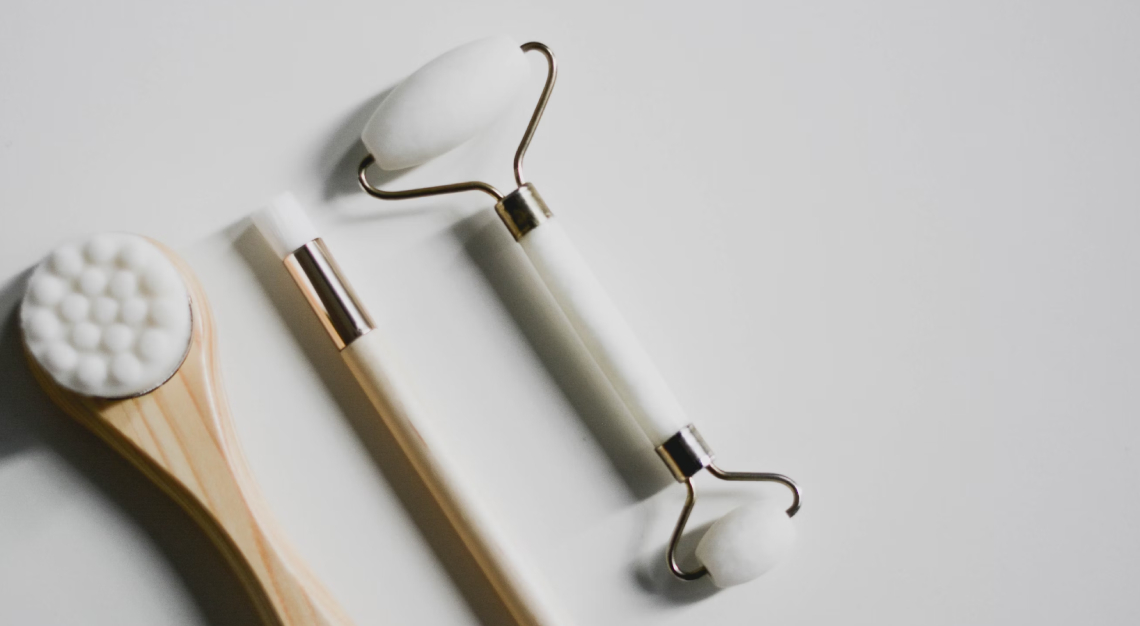
Facial Massagers and Rollers
Facial massagers and rollers are skincare tools designed to enhance the effectiveness of topical products and promote overall skin health through lymphatic drainage and improved circulation. Typically made from materials like jade, rose quartz, or stainless steel, these tools are used to gently massage the face, helping to reduce puffiness, alleviate tension, and promote relaxation. The rolling motion stimulates blood flow, affording a brighter complexion and youthful appearance by delivering oxygen and nutrients to the skin cells. Additionally, facial rollers can help to enhance the absorption of serums and moisturisers, making them more effective. Regular use of facial massagers can also provide a lifting effect, helping to define facial contours and improve elasticity over time.
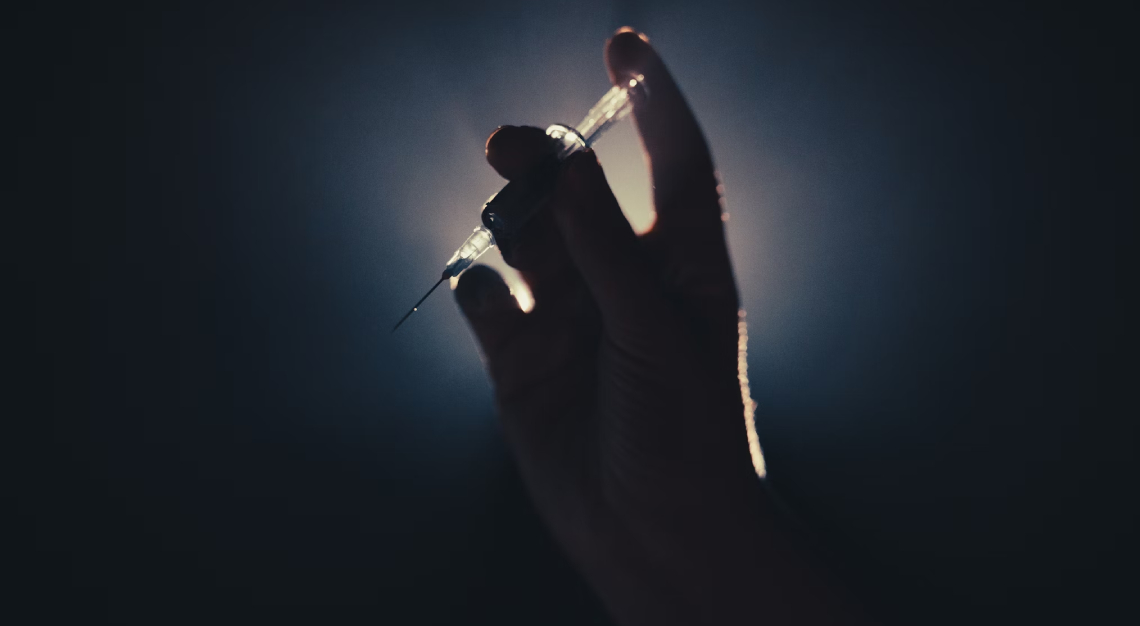
Dermal Fillers
Dermal fillers are injectable substances used in aesthetic medicine to restore volume, smooth out wrinkles, and enhance facial contours, offering a non-surgical solution for facial rejuvenation. Composed primarily of hyaluronic acid, a naturally occurring substance in the body that retains moisture, fillers can effectively plump areas such as the cheeks, lips, and nasolabial folds, providing a more youthful appearance. Other formulations may include calcium hydroxylapatite, poly-L-lactic acid, or polymethyl methacrylate, each offering unique properties tailored to specific cosmetic goals. The results of dermal fillers are immediate, with effects typically lasting from six months to two years, depending on the type used and the area treated. The procedure is relatively quick, often requiring little to no downtime, making it a popular choice for individuals seeking to enhance their features without undergoing invasive surgery.


